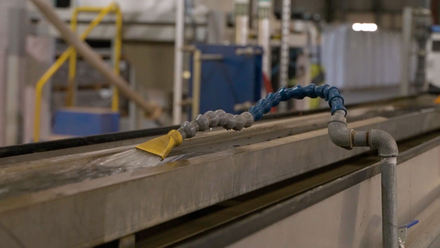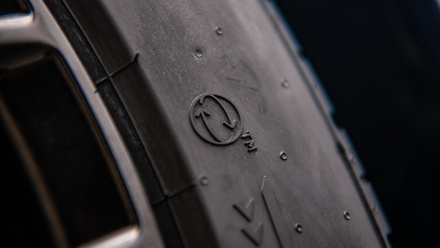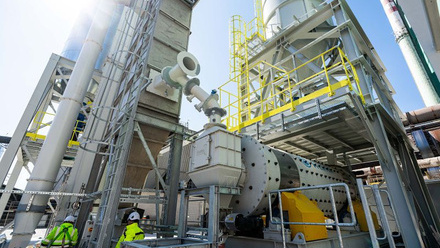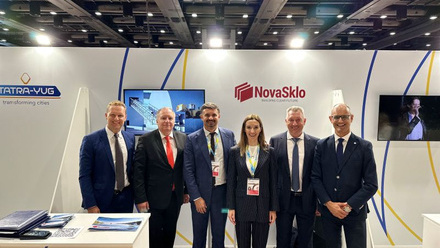Copper recovered from PVC cables without toxic chemicals
Microwave radiation induces pyrolysis of PVC power cables, leaving behind only copper, a joint study shows.
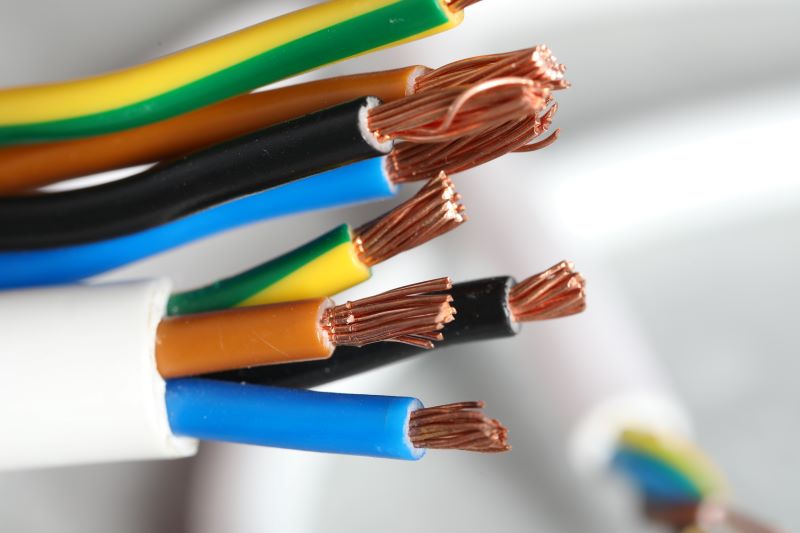
Researchers from Sophia University, Japan, and Università di Pavia, Italy, say the technique removes the need to pre-cut cables or separate the plastics from the metal.
A standard, two-core, PVC-insulated, 54cm VVF power cable was cut into five different lengths and placed in a glass reactor before being exposed to microwave radiation of 100, 200 and 300W. Nitrogen was added as an inert gas.
Pyrolysis of the different lengths relies on different radiation wavelengths of around 12.24cm at 2.45GHz.
Pyrolysis is most effective when cable lengths match specific wavelengths. The 9cm (about ¾ wavelength) and 18cm cables (longer than the wavelength) began pyrolysing after a minute at 100W.
Shorter lengths require higher power, with the 3cm (about ¼ of the wavelength) needing 200W. Striking a balance between length and microwave power is key, report the researchers.
The 9cm and 18cm cables underwent pyrolysis as the copper wire inside is long enough to act as an antenna, absorbing the radiation and creating electric arc discharges. The electric field was stronger at the ends and centre.
As the PVC carbonises with heat, it absorbs the microwaves better accelerating pyrolysis.
The length of copper wire being the same as, or half the wavelength, means no discharge occurs under weak irradiation. VVF cables longer than a wavelength do not have this limitation.
As such, the 54cm cable pyrolyses in 12 minutes under 300W, leaving the copper wire intact. Cut cables of 1cm, 6cm and 12cm do not pyrolyse even at the maximum radiation of 300W.
During pyrolysis, the PVC is rapidly dechlorinated and carbonised, preventing the formation of harmful by-products like tar, polycyclic aromatic hydrocarbons and dioxins.
Analysis of gas from a pyrolysed Teflon pipe shows small amounts of hydrocarbons, due to polymer chains breaking down. Other inspections show nitrogen (due to the inert gas) and some calcium – an additive of PVC.
By-products chlorine and carbon could be recycled as hydrochloric acid and carbon black respectfully, says Professor Satoshi Horikoshi of Sophia University.
The paper in RSC Advances on Recycling of e-waste power cables using microwave-induced pyrolysis – process characteristics and facile recovery of copper metal attributes the lack of harmful by-products to the short time in which the process occurs, 'during which any intermediate formed might be carbonised promptly'.



